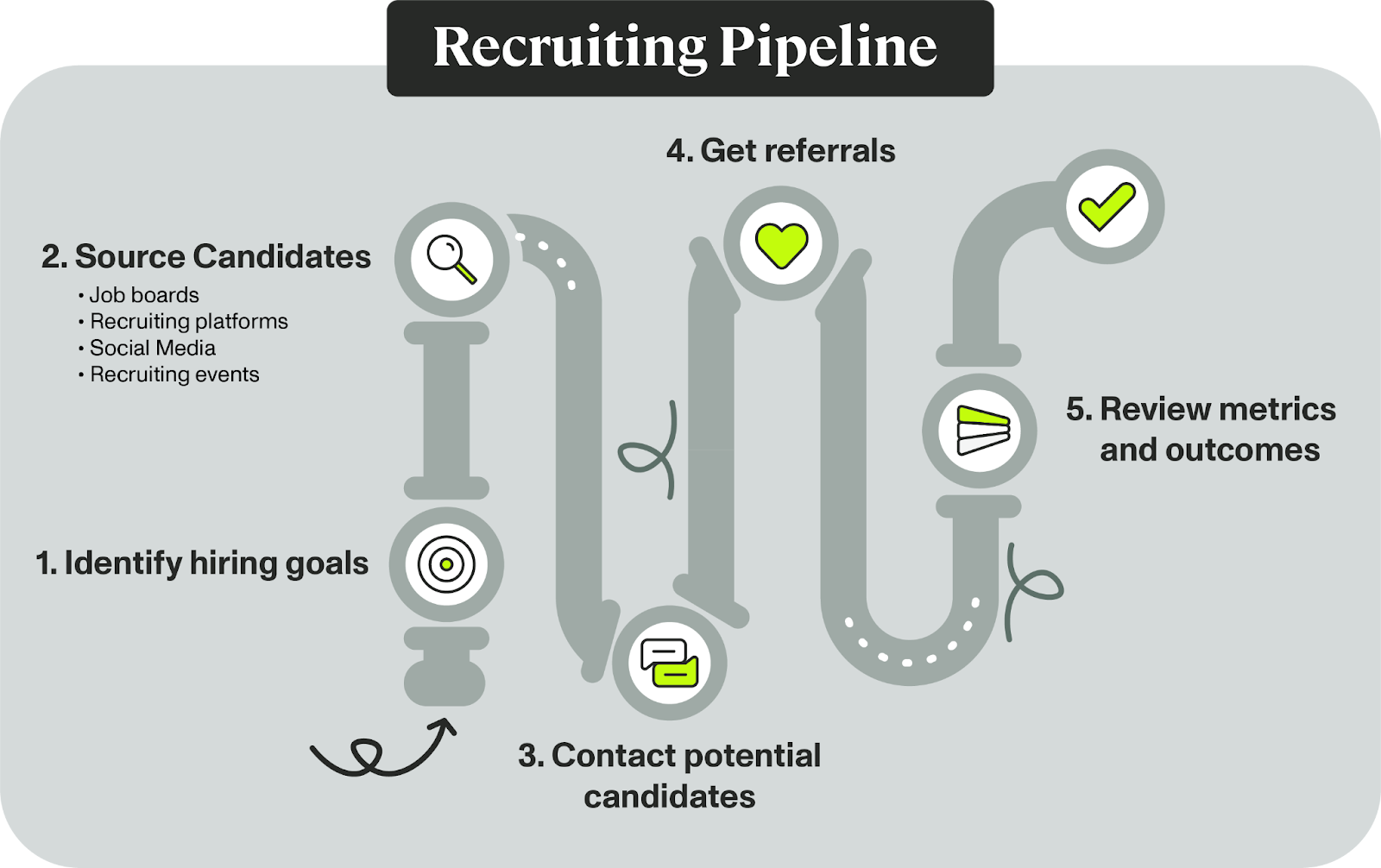 News
News
Latin America is quickly becoming a cornerstone for nearshore software development. The region is no longer only about cost savings but about building integrated engineering teams that share time zones and culture with the United States. By the end of 2025, the LATAM nearshore outsourcing market is projected to reach almost 20 billion dollars with an annual growth rate of around nine percent, led by countries such as Colombia and Brazil. Even smaller markets like Uruguay are expected to generate one billion dollars in IT outsourcing revenues by 2029. More than 75 percent of U.S. tech companies now rely on LATAM talent, with developer hiring increasing by over 50 percent annually. Business leaders are also showing strong confidence, as nine out of ten global services executives already operate in the region or plan to enter within the next three years. This growth shows a clear reality: LATAM is no longer a secondary choice. It has become a primary hub for building reliable and scalable development pipelines. This post will explore how you can take advantage of that opportunity.
Why LATAM is a Strategic Choice
Latin America has become one of the most attractive regions for building strong nearshore development teams. Businesses that once looked at the region only for cost savings now see it as a long-term partner for software engineering. The main advantage lies in the close time zone alignment with North America, which allows for real-time collaboration and fewer delays in communication. On top of that, the region has a growing pool of skilled developers who bring both technical depth and cultural compatibility to international teams. Countries like Colombia, Argentina, and Mexico have established themselves as leading hubs for engineering talent, and many companies now choose to set up entire delivery teams there instead of working on short outsourcing projects. This shift reflects how LATAM is becoming a strategic base for scaling reliable engineering operations.
Building A Reliable Talent Pipeline To Assist With Nearshore Outsourcing Latin America
Start With Clear Outcomes Instead of Job Titles.
When building a talent pipeline, one common mistake is starting with vague job descriptions. The smarter approach is to map out outcomes first. Ask what the team should achieve within the next three months, six months, and one year. Once you define these measurable results, the hiring process becomes sharper. Instead of looking for a “senior developer” based on years of experience, you search for someone who can deliver specific business outcomes. This method also prevents mismatches, such as assigning highly skilled engineers to work that does not challenge them or giving junior engineers responsibilities they cannot manage. By focusing on outcomes, you create a repeatable hiring framework that scales across multiple countries in the region.
Choosing Countries With Strategy in Mind.
Latin America is diverse, and each country offers unique strengths. For example, Argentina is known for its strong computer science education, Colombia has quickly become a leader in tech growth, and Mexico offers large talent pools with easy travel access to the United States. The decision should not be about which country is cheapest, but about which country aligns best with your technical and organizational needs. Stability, scalability, and skills availability should be the deciding factors. Language proficiency and cultural fit are also important when you plan long-term collaboration. A thoughtful country strategy prevents you from wasting time in markets that cannot provide the right type of talent or that lack the stability needed for sustained hiring.
Building a Strong Sourcing Stack.
A reliable pipeline cannot depend on a single hiring channel. The most effective companies use a combination of direct sourcing, professional networks, partnerships, and university relations. Direct sourcing through platforms such as LinkedIn and GitHub helps you reach candidates who are already active in the job market. Employee referrals bring trusted talent from within your own team. University connections provide early access to graduates who can be trained into future leaders. Partnering with local recruitment agencies or nearshore firms adds scale and speed, especially when you need to hire multiple engineers at once. The real key is to measure each channel by the number of qualified candidates it produces and then refine your sourcing mix accordingly.
Validating Skills With Real Work Scenarios.
Technical interviews often fail because they measure memorization instead of ability. To build a reliable pipeline, you need a structured evaluation process that predicts on-the-job performance. A combination of practical take-home tasks, technical discussions, and code reviews works better than generic quiz-style questions. For example, giving candidates a small but meaningful coding challenge that mirrors your actual product work reveals how they think, problem-solve, and structure solutions. A structured scoring system ensures that every hiring manager across countries uses the same standard, which reduces bias and improves consistency. This method creates a fairer and more effective hiring process that reliably identifies the right talent.
Onboarding as the Foundation of Retention.
A strong pipeline is not only about finding people; it is also about keeping them. The first ninety days after hiring decide whether an engineer will stay for the long run or leave early. A clear onboarding program should include both technical and cultural integration. For the technical side, pair programming, access to documentation, and structured mentoring are effective tools. On the cultural side, explaining company values, decision-making processes, and collaboration expectations helps new hires feel connected. Early overlap in working hours between your headquarters and the nearshore team strengthens bonds. If onboarding is designed well, engineers become productive faster and remain loyal to the company.
Fair Compensation and Local Compliance.
Pay structures in LATAM vary significantly by country. What is competitive in Colombia might not work in Mexico or Brazil. Companies that succeed in building a pipeline take time to research local benchmarks and then design compensation packages that are both competitive and transparent. Beyond salary, benefits such as health coverage, allowances, learning budgets, and flexible work options matter a great deal. Compliance with local labor laws is another critical factor. Whether you work through an Employer of Record or a direct local entity, contracts and tax obligations must be handled correctly from the beginning. Fair compensation combined with legal compliance builds trust and strengthens your employer's reputation.
Investing in Growth to Reduce Churn.
Constant turnover weakens any pipeline. Developers in LATAM want more than just a paycheck. They value opportunities for professional growth and career progression. Creating clear career paths, offering training budgets, and providing access to international mentorship programs show your commitment to long-term relationships. When engineers see a future inside the company, they become brand ambassadors and are more likely to refer peers from their own networks. These referrals create a secondary pipeline that grows naturally over time. Retention, therefore, is not only a cost-saving measure but also a way to expand your talent base sustainably.
Building Community and University Connections.
Community involvement is one of the strongest long-term strategies for pipeline building. Hosting local meetups, sponsoring hackathons, and supporting open-source contributions help you stand out as an employer of choice. Universities are also valuable partners, especially for junior talent. By running internships, offering guest lectures, and participating in career fairs, you position your company as a desirable place to work even before graduates enter the job market. These connections build a steady flow of young professionals who already know your company culture and can grow into senior positions in the future.
Tracking and Measuring Pipeline Success.
Hiring cannot be managed on intuition alone. To make a pipeline reliable, you need measurable indicators. Useful metrics include time-to-fill, acceptance rates, new hire productivity at thirty, sixty, and ninety days, and retention rates at six and twelve months. Tracking each stage of the funnel allows you to identify bottlenecks. For instance, if offers are not being accepted, compensation may not be competitive. If productivity takes too long, onboarding may be weak. Continuous measurement ensures that your pipeline is not only functioning but improving over time.
Selecting the Right Nearshore Partners.
Many companies choose to work with nearshore partners to speed up hiring and reduce administrative complexity. The key is to select partners who understand both your technical stack and your hiring expectations. Ask for transparency in their candidate pipelines, service level commitments, and references from existing clients. A trial placement or pilot project is often the best way to confirm quality before signing a long-term agreement. Good partners should feel like an extension of your own team rather than a detached vendor. Choosing carefully ensures that your pipeline remains consistent and trustworthy.
Treating the Pipeline as an Evolving System.
Finally, a talent pipeline is not something you build once and then forget. It requires continuous attention, just like any other part of the business. Regular reviews of job descriptions, assessments, onboarding processes, and sourcing channels keep the system fresh. Holding retrospectives with both recruiters and engineering leads helps identify weak spots and improve collaboration. By treating your pipeline as a living system that adapts to changing business needs, you create an engine that can reliably support growth
Your Software Requirements Powered by Blue Coding Magic
The difference between a good nearshore partnership and a great one lies in how talent is sourced, managed, and retained across Latin America. At Blue Coding, we have helped companies scale their engineering teams in the region by connecting them with vetted developers, managing compliance, and ensuring seamless collaboration with in-house staff. Our focus is on making nearshore development not only efficient but sustainable, so your business can grow without the usual hiring challenges. Contact us today to explore how we can help you build a reliable nearshore team in LATAM. We can discuss everything on a complimentary strategy call!




